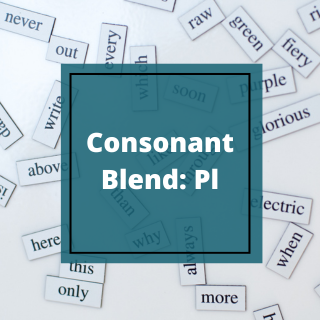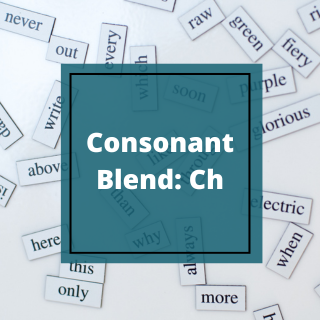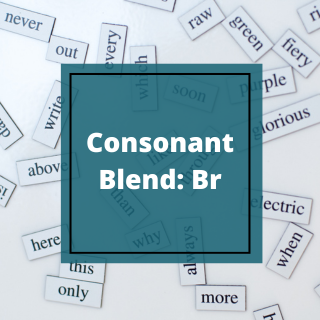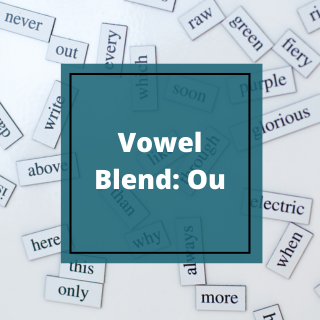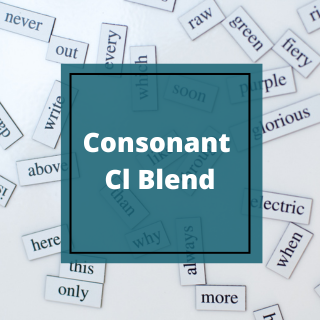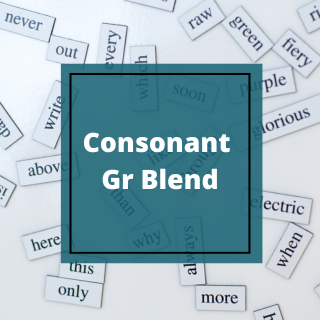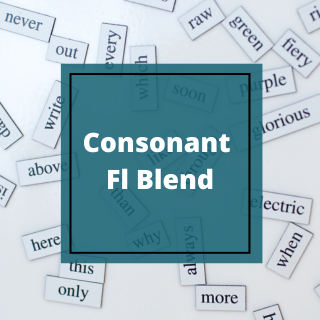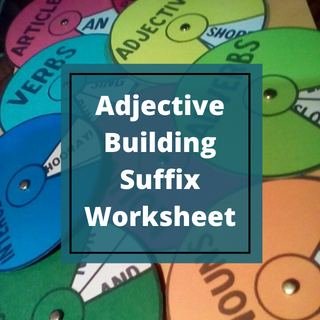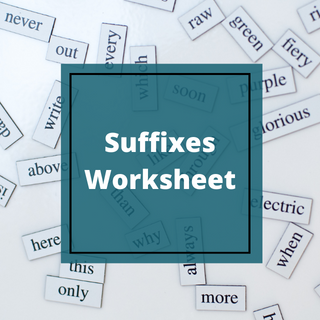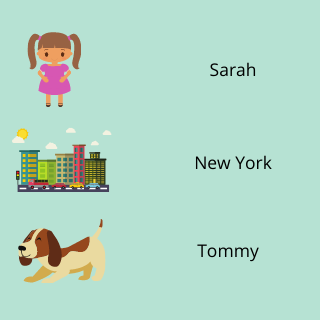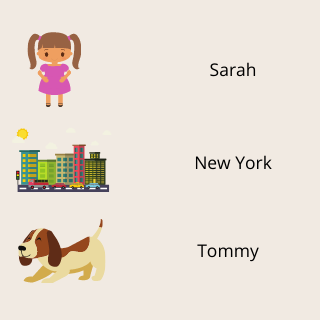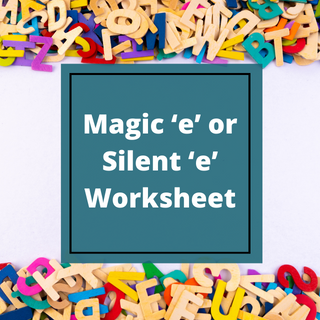
Worksheet
Magic ‘e’ or Silent ‘e’ Worksheet


This Magic ‘e’ worksheet is designed for 6 to 12-year-old children to guide them about silent ‘e’ and how it changes the pronunciation of vowels.
When the children are firm with the lessons on vowels, consonants, blends, CVC words, and basic phonemes then they are introduced to the Magic ‘e’ concept. This worksheet helps a child to understand and practice different words.
Magic ‘e’ or Silent ‘e’
The Rule: The rule states that when letter e comes at the end of the word, it becomes silent. It takes the magic to the preceding short vowel and turns the short sound of the vowel to the long sound.
Note that the short vowel should immediately be succeeded by a consonant or a blend. The letter e should immediately follow that consonant or blend.
For example:
- Kit + e = kite
- Not + e = note
- Cub + e = cube
- Pan + e = pane
In the above words, the root word is pronounced with a short vowel. After adding e the vowel is pronounced with its original English sound or long sound. The sound of the letter ‘e’ is not produced, hence it becomes silent ‘e’.
How to Practice the Magic ‘e’ Worksheet?
The letter ‘e’ at the end of the word plays an important role, as it can change the pronunciation of the vowel that precedes the letter ‘e’.
In Part 1 of the worksheet, a child needs to read the words mentioned in each row. After reading, the child will mark the words that follow the Magic ‘e’ concept. At the end, the child will underline the words that follow the rule of Magic ‘e’.
For example,
In the 3rd row, the words mentioned are – Tune, fume, rude, cute, flute
Allow the child to read the words loudly. Then underline the words that follow the rule of Magic ‘e’.
The child would thus underline the words – tune, cute, flute
Tune, fume, rude, cute, flute
In Part 2 of the worksheet, a child must read the sentence and then the words given below each sentence. Allow the child to choose the word that fits the best in the blank of the sentence given.
For example,
I saw Martha leaving the house on her ____.
This is sentence 1 written in the worksheet.
The words mentioned below are – a. bike b. spike c. hike d. hike.
Let the child read all four words and choose the best fit for the blank. Bike is the best match here. So the child would fill the word in the blank.
I saw Martha leaving the house on her bike.
After completing each sentence, encourage the child to read it loudly. Forming the new words with Magic ‘e’ would help them enhance their vocabulary and improve their reading habit. Filling the blanks with the correct word will also let them comprehend the words better.
Download the worksheet and start practicing words with Magic ‘e’ or silent ‘e’ and their usage.
Related worksheets
Consonant Blends Ch Worksheet
help the child learn ch blend words and their usage in sentences
View WorksheetConsonant Blends: Br Worksheet
Help the child learn br blend words and their usage in sentences
View WorksheetVowel Blends Ou Worksheet
help the child learn ou blend words and their usage in sentences
View WorksheetConsonant Blends: Cl Worksheet
help the child learn cl blend words and their usage in sentences
View WorksheetConsonant Blends: Gr
help the child learn gr blend words and their usage in sentences
View WorksheetConsonant Fl Blends Worksheet
help the child learn the words starting with consonant fl blends and its usage in the sentences
View WorksheetSuffix Story Worksheet
A Creative and Engaging Worksheet for Crafting Stories with Suffixes.
View WorksheetAdjective Building Suffix Worksheet
Enhance Your Child Writing and Language Skills with Creative Worksheet for Building a Strong Adjective Vocabulary.
View WorksheetSuffixes Worksheet
An Interactive and Engaging Worksheet for Building Vocabulary and Spelling.
View WorksheetPrefix Re and Un Worksheet
Help the child practice the usage of Re and Un prefixes in the sentences
View WorksheetNegative Prefixes Worksheet
Help the child to learn how the meaning of the words changes using negative prefixes
View WorksheetCapitalization Practice Worksheet: Capitalization Rule 4
Helps the child learn and practice the application of rule 4 of capitalization
View WorksheetCapital Letters Worksheet: Based on Rule 3
help the child practice which word to capitalize based on its rules
View WorksheetCapitalization Worksheet: Rule 1
Help the child to practice capitalizing first word after full stop
View WorksheetCommon and Proper Nouns Worksheet
Identify common nouns and proper nouns in the sentences
View Worksheet


